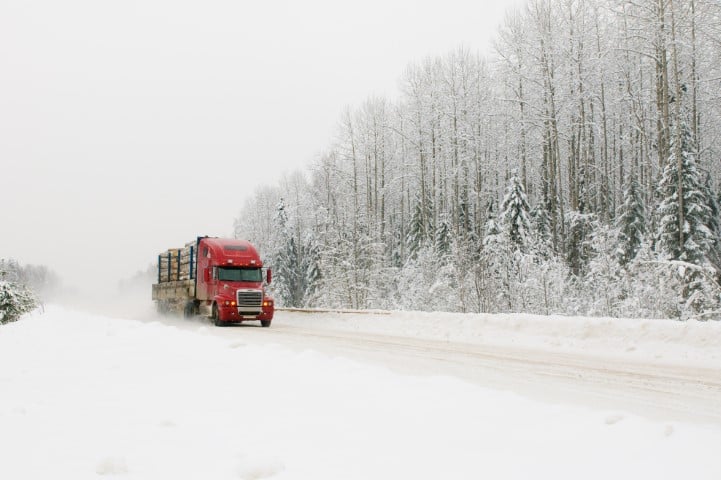The Game Has Changed For Diesel Winter Cold Flow. Are You Ready?
This has been an unusually hot summer across many parts of the country. And it’s hard to imagine planning for the winter when you’re sweating it out...
1 min read
Erik Bjornstad : Aug 25 2016

We’ve been talking about how things have changed in the fuel world with respect to protecting diesel fuel from gelling in the wintertime. This is of primary concern to businesses and professionals who operate diesel engines and equipment in the wintertime. They know that they need to treat the fuel with some kind of cold flow improver, in order to prevent the fuel from gelling in the cold and stopping the engine. In fact, many businesses source their cold flow improvers and line up their supplies in the late summer and early fall. They know that it’s good business to be prepared.
 One aspect we’ve been touching on is recent changes to the diesel fuel landscape which may unexpectedly change how effective existing protocols will be for preventing diesel fuel gelling. Those who have been diesel users for more than, say, 10 years know there’s a big difference in today’s winter ULSD fuels compared to the older “low sulfur” diesel fuels of the late 90s and early 2000s. Today’s ULSD fuels gel a lot more easily, primarily because of how refinery processing has altered the fuel’s aromatic content and the wax composition.
One aspect we’ve been touching on is recent changes to the diesel fuel landscape which may unexpectedly change how effective existing protocols will be for preventing diesel fuel gelling. Those who have been diesel users for more than, say, 10 years know there’s a big difference in today’s winter ULSD fuels compared to the older “low sulfur” diesel fuels of the late 90s and early 2000s. Today’s ULSD fuels gel a lot more easily, primarily because of how refinery processing has altered the fuel’s aromatic content and the wax composition.
But there’s another factor that’s also responsible. A new additional to on-road diesel fuel that’s changing the winter diesel cold flow game, so to speak. And it’s the subject of a recent video blog we did. If you missed it earlier, have a look:

This has been an unusually hot summer across many parts of the country. And it’s hard to imagine planning for the winter when you’re sweating it out...
One thing that’s clear this year for professional fuel users in cold winter climates: there are some significant recent changes that they need to...

With common rail diesel engines becoming the norm, engine manufacturers have been advising extra vigilance on diesel cold flow issues.